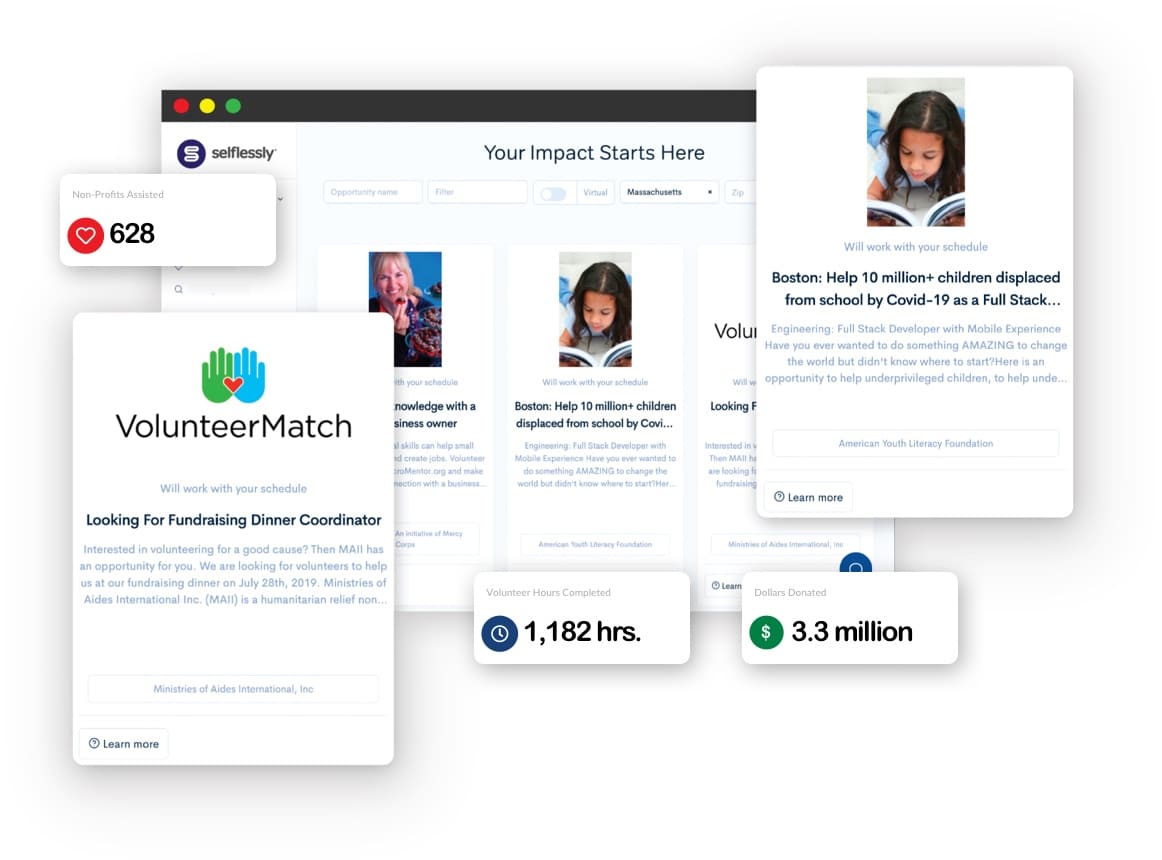Seen above, corporate philanthropy is part of an overall idea around corporate social responsibility (CSR). As a leader, CSR should be included throughout your company’s goals. Your team needs to be thinking about your brand image with respect to CSR. Your employees are thinking about your team’s CSR and so should your leadership.
However, many teams are not as familiar with the 4 types of CSR. You may know the overall theme or idea, yet we wanted to include Carroll’s Four-Part Model as a background on CSR.
What is Carroll’s Four Part Model of Corporate Social Responsibility?
First, Carroll’s pyramid is a framework that helps businesses understand the responsibilities they have to society. The model includes 4 responsibilities: economic, legal, ethical, and philanthropic.
1. Economic Responsibility
First up, economic responsibility. The foundation of the social responsibility pyramid rests on a business’s ability to be profitable. Yes, that’s right! CSR includes the need to be profitable. The economic responsibility creates a balance between the next 3: ethical, legal, and philanthropic responsibilities. A company needs to survive to support the community. Economic responsibility is overall a positive. Naturally, there are outliers who place this above all other responsibilities. Not a good idea. We see those companies in the news. The goal is more to balance the profits with the other responsibilities.
2. Legal Responsibility
The next level of the pyramid is legal responsibility. This defines a company’s responsibility to follow all the laws and regulations that apply to the business operations. We can think about the tax regulations in certain states, countries, or regions as one example. Further, one can think about the health and safety of employees. Many regions mandate certain rules or laws to follow when employing others. A further example would be meeting regulations set by the FDA. These laws are in place to protect consumers from becoming ill. Naturally, failing to be legally responsible has many negative consequences.
3. Ethical Responsibility
Following legal responsibility on the pyramid is ethical responsibility. Many times, we think about ethical as doing the right thing. Doing the right thing, even though it may not be a law. Generally, ethics go beyond a certain region’s laws and follow the social or cultural norms of that area. Therefore, a company should not be just obeying the law, but also be willing to do business ethically. Although this is not an obligation for your company, it is in the best interests. Customers and employees will be more likely to support your team when making ethical decisions.
An example could be fair working conditions, working wage, working hours, or age of employed worker. Depending on the country or state, laws differ, and your team will have to decide how your business is operated and who your business works with. It is up to management to make moral decisions that will ultimately impact consumers, employees, the environment, and this business itself.
4. Philanthropic Responsibility
The final piece on the pyramid is philanthropic responsibility. Businesses are expected to give back to their communities. Similar to ethical responsibility, this is not an obligation or law for most countries. However, incorporating philanthropic responsibility has many benefits. Businesses being philanthropic improves brand image. Further, consumer engagement increases & employees are more likely to apply for a job. The nature of this responsibility is completely voluntary and is guided by your company’s desire to take part in social activities.
Naturally a company can donate part of the profits from the first section of the pyramid — economic. However, philanthropic does not always have to be money that is donated. Teams can donate time or products. With that, leaders can create a volunteer program to allow for volunteer days or volunteer time off. For that, you may want to include a volunteer policy which will help to manage and coordinate your team. The social responsibility of a business is to make sure that they can affect social, economic, public health, and environmental changes in a positive way.
What great news for your team! Additionally, they commented that turnover is reduced by 57% among employees who engage in both giving and volunteering! This is a great reminder of the CSR importance in the workplace. Remember, we are happy to help you to involve your team in your CSR initiatives

















